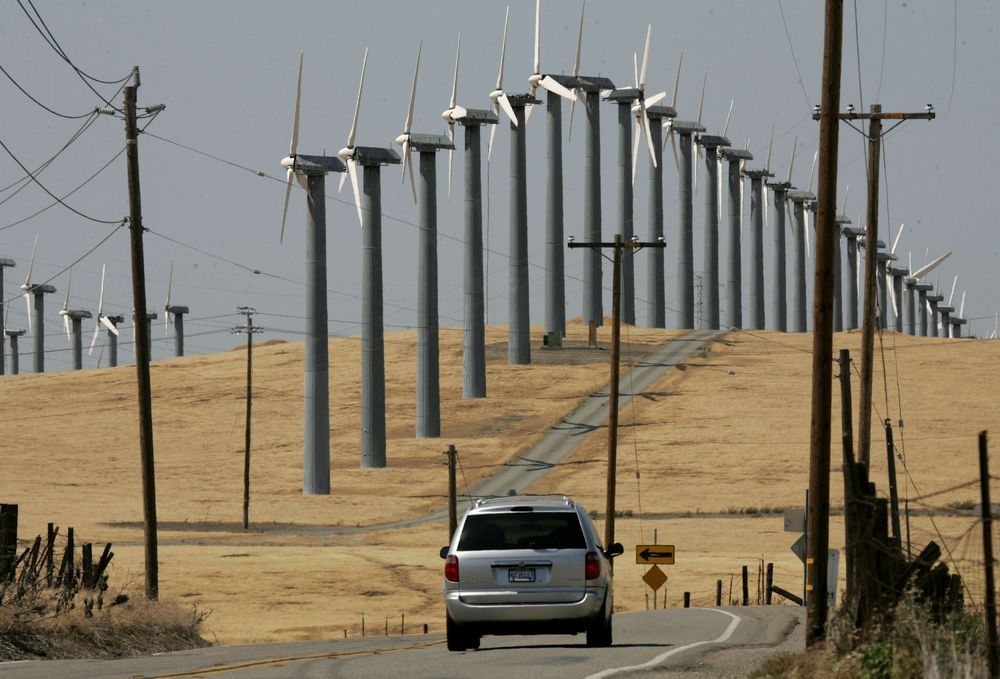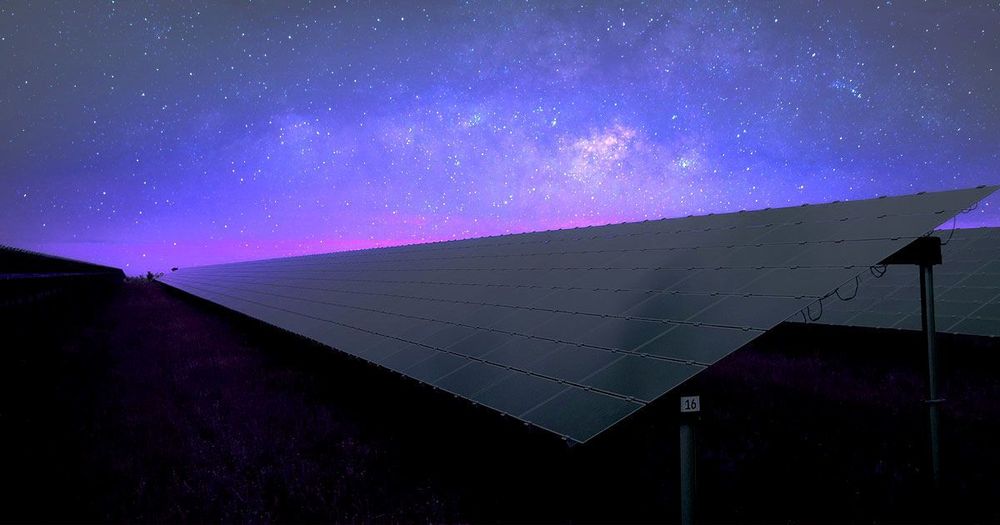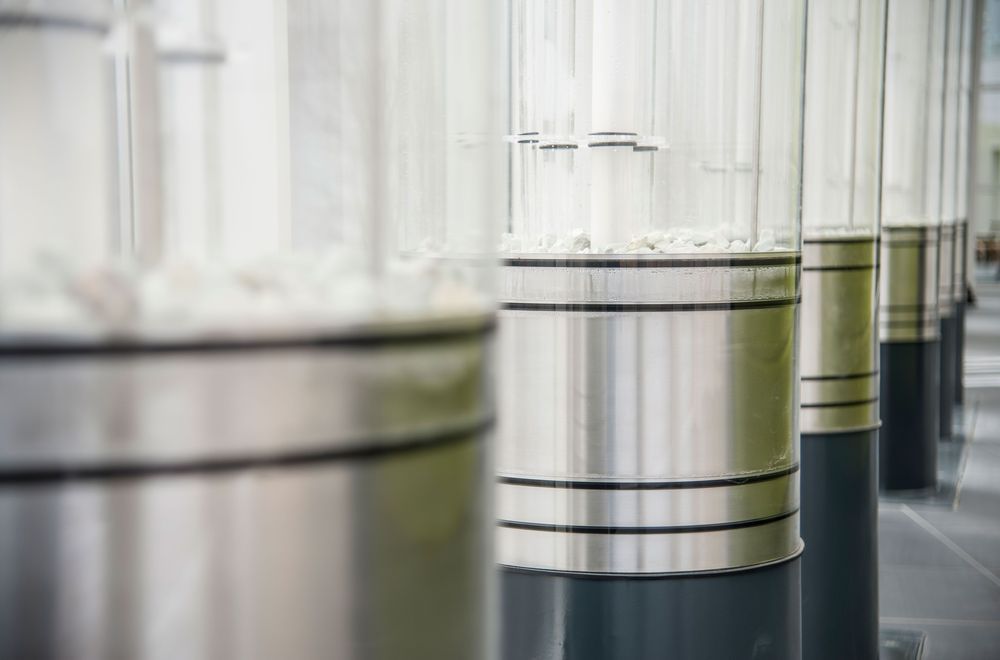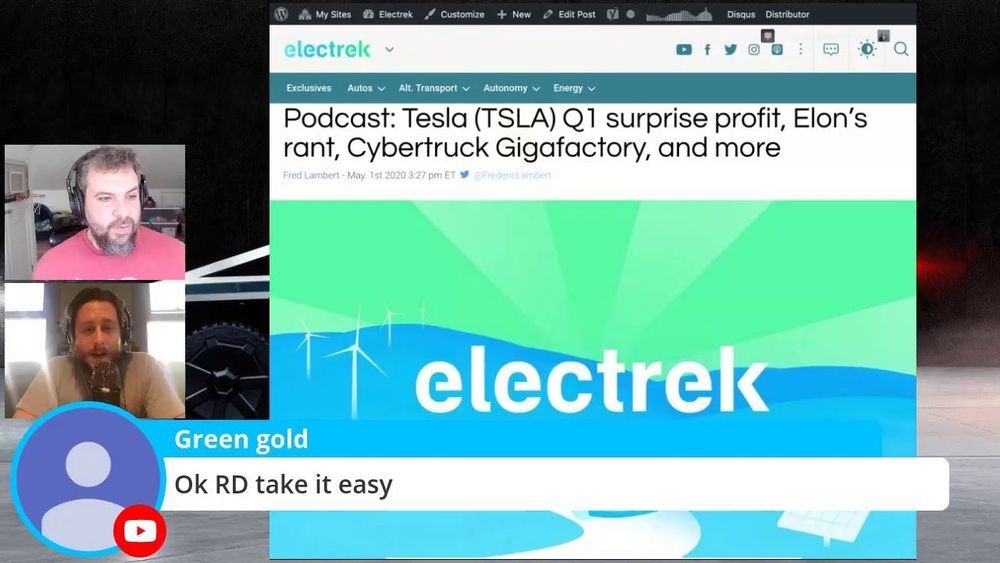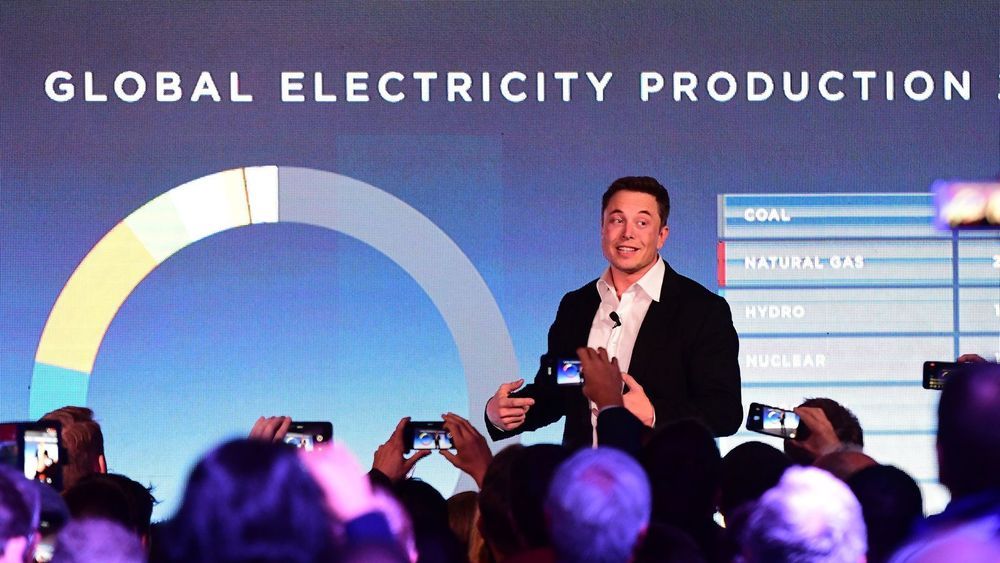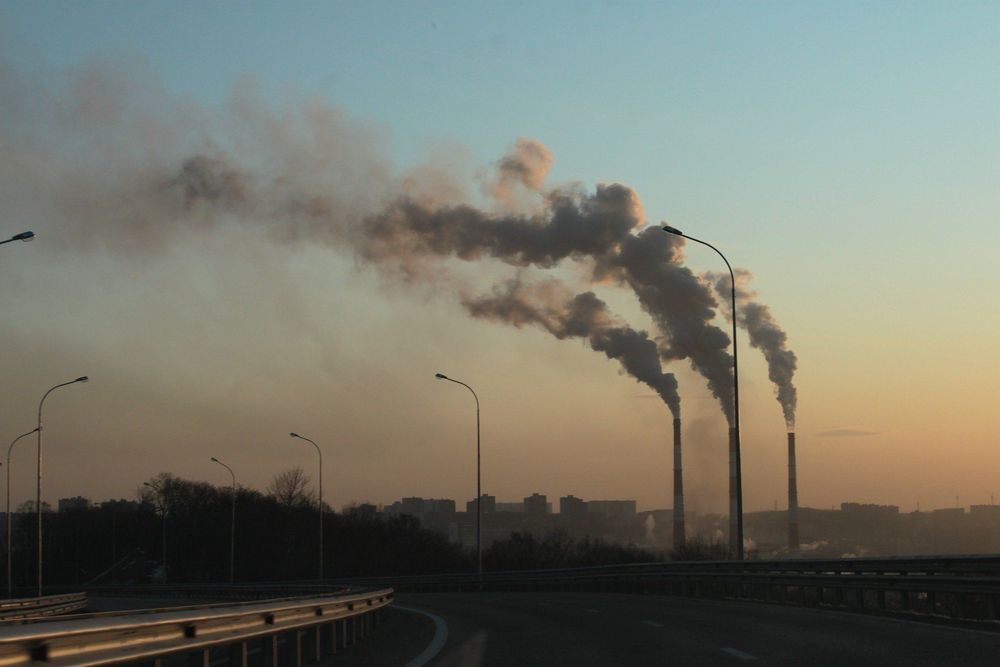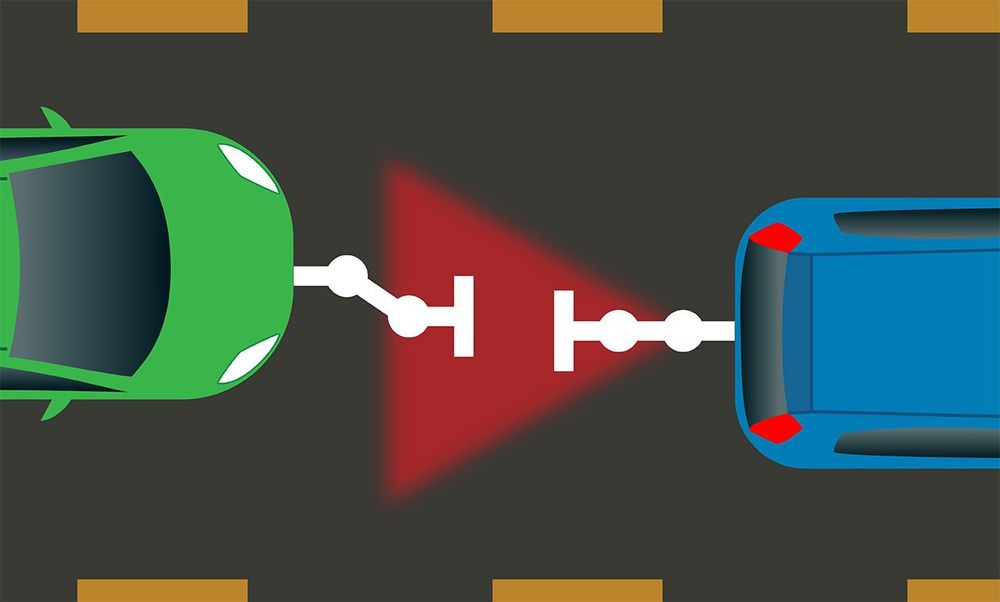Renewable sources including solar, wind and hydropower generated more electricity than coal-based plants every single day in April, a new report says.
Analysis shared by the Institute for Energy Economics and Financial Analysis (IEFA), based on data from the U.S. Energy Information Administration (EIA), said the finding marks a major “milestone” in an energy transition that is now underway.
The move away from coal for electricity generation in the U.S. accelerated in 2020 due to lower gas prices, warmer weather and a “significant amount” of new renewable capacity being connected to the grid late last year, the report suggested.
